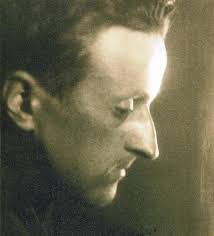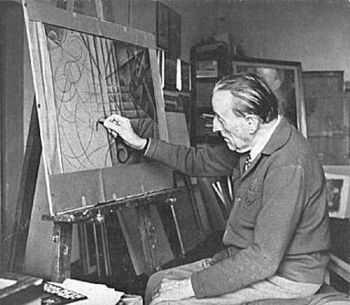
1884 - 1977
Gerardo Dottori
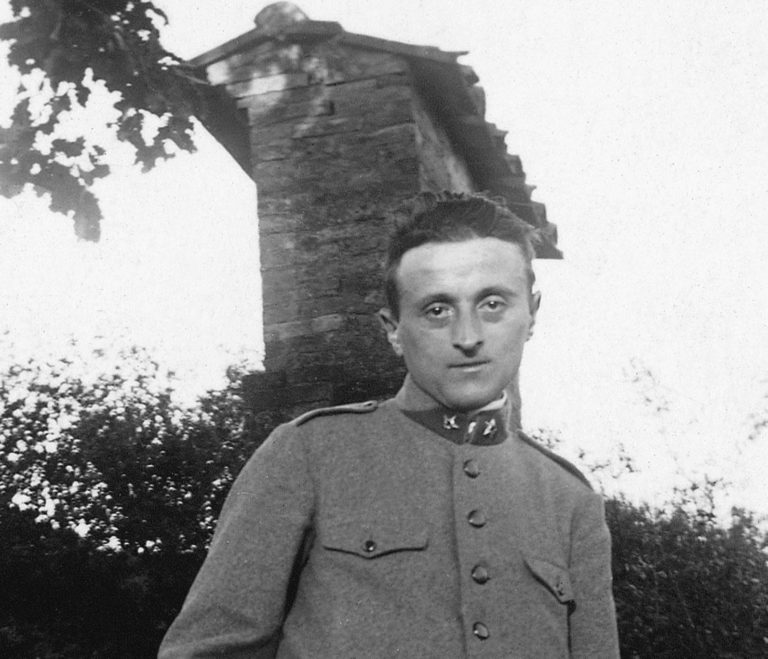
description
An Italian Futurist artist, decorator and master of murals. The name Gerardo Dottori is inextricably connected with the historical region of Umbria, where he was born and lived most of his life and where most of his paintings are kept. In Perugia, his hometown, he founded the avant-garde art magazine Griffa, which carried out the task of spreading the ideas of Futurism in the region.
The artist signed the “Aerial Painting Manifesto” in 1929 and became one of the leaders of this movement chanting speed, height and the feeling of flight. His most famous works are original images of Italian landscapes, often viewed from a great height. Bright, saturated shades of emerald and blue, which the artist used in his works, as well as fantastic landscapes, became the hallmark of the master.
Dottori called himself a “rural futurist”. He never admired the roar of machines, urban bustle and noise. The artist preferred the calmness and contemplation of the hinterland where the time has a completely different speed, and nature and people do not change for centuries. For a long time, the artist’s work was among the little-known outside his homeland; however, in recent decades, the interest of Art Nouveau connoisseurs in bright and original works of Gerardo Dottori increased significantly.
Key ideas:
– He was famous for his panoramic landscapes of the view of the Earth from the height of the aircraft. The main goal of the artist’s work was to convey the feeling of flight, airspace and altitude. The displacement of the horizon creates an original perspective, squeezing the space and showing more than a human eye can see. This individual feature makes Dottori’s paintings recognizable and unique among the works of his colleagues.
– He paid particular attention to nature. Most of the author’s works are colourful landscapes of his hometown Umbria made in a bold and at the same time quite romantic manner. Dottori’s paintings do not feature urban landscapes and technical objects that Futurists loved to depict, but there is a passion for motion and speed characteristic of the art movement.
– He used lines to enhance the dynamics in the picture. Whether it is the sun’s rays diverging throughout the canvas, or the intense glow that creates a fire flame in the city center, these lines convey the author’s strong energy and emotions.
– A distinctive feature of the artist’s work is a colourful and juicy palette. Emerald green, deep blue, cyan and white colours dominate the landscapes, and the author chooses reddish-brown tones to depict people and cities. Red is often associated with speed, creating vibrant colour accents in the composition. Created by the unusual curvature of the space and the bold combination of bright colours, the atmosphere of the works immerses you in the master’s world filled with his rich imagination.
– The religious theme is present in many of his paintings. The combination of the dynamic methods of Futurism and biblical scenes unites the past and present, classics and avant-garde. The most famous work of this kind is “The Crucifixion” (Vatican Museum).
1884
1904
1909
1911
1912
1914
1920
1929
1939
1942
1977
The birth of the artist
Entered the Academy of Fine Arts in Perugia
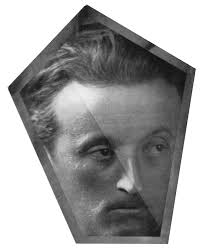
Created his first modernist works
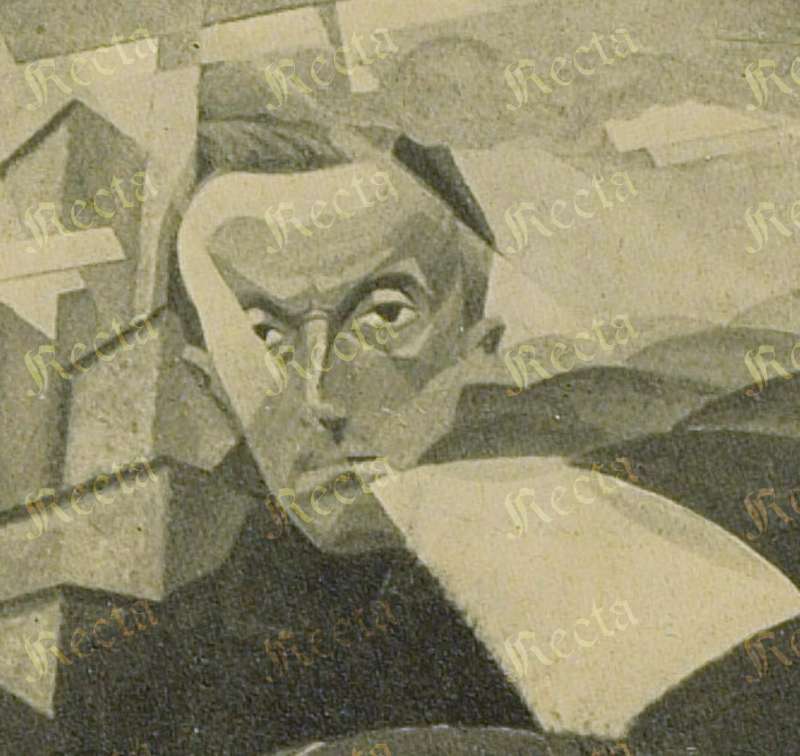
Met Giacomo Balla
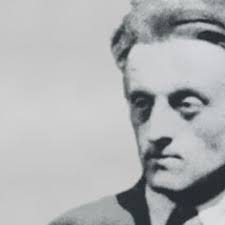
Joined Futurists
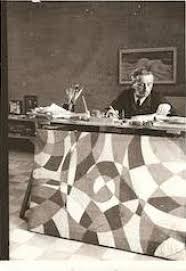
Participated in the First International Futurist Exhibition
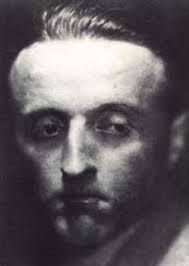
The first personal exhibition
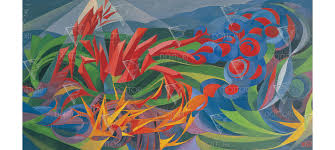
Together with other Futurists, he invented aerial painting
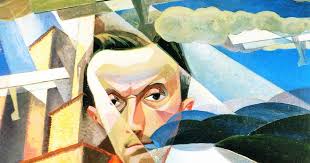
Returned to Perugia
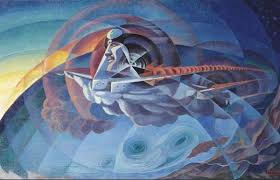
A personal exhibition of the artist was held at the XXIII Venice Biennale
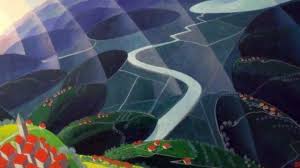
The death of the artist
